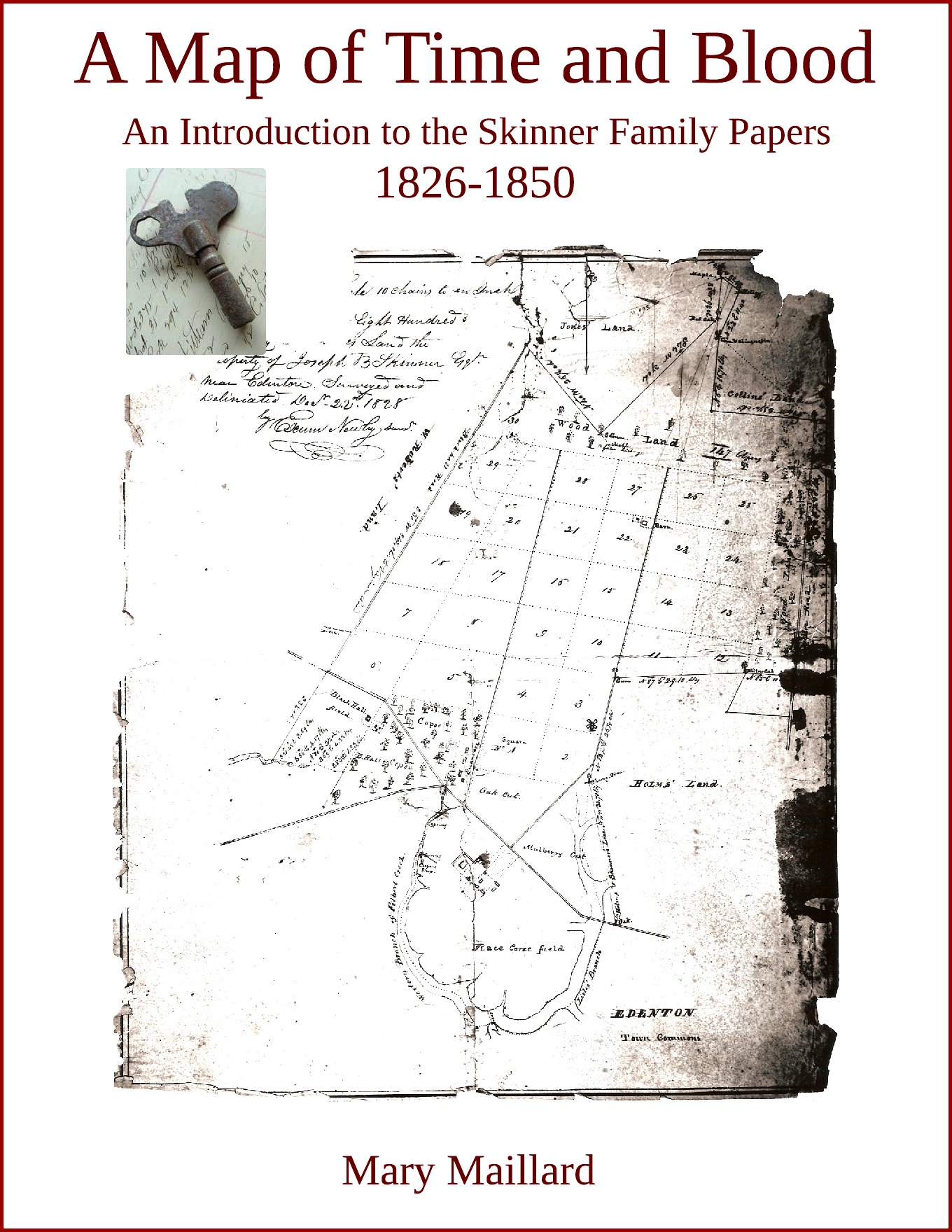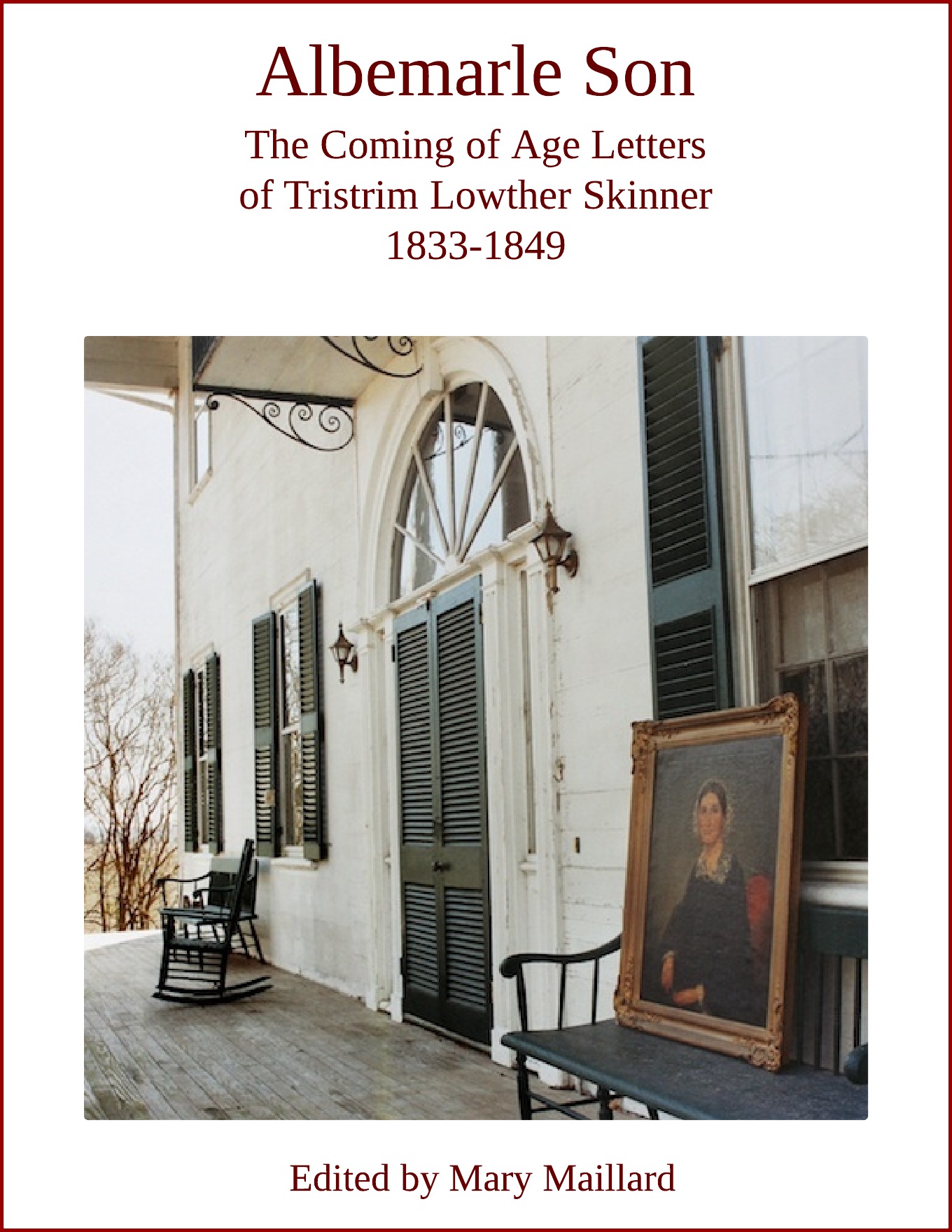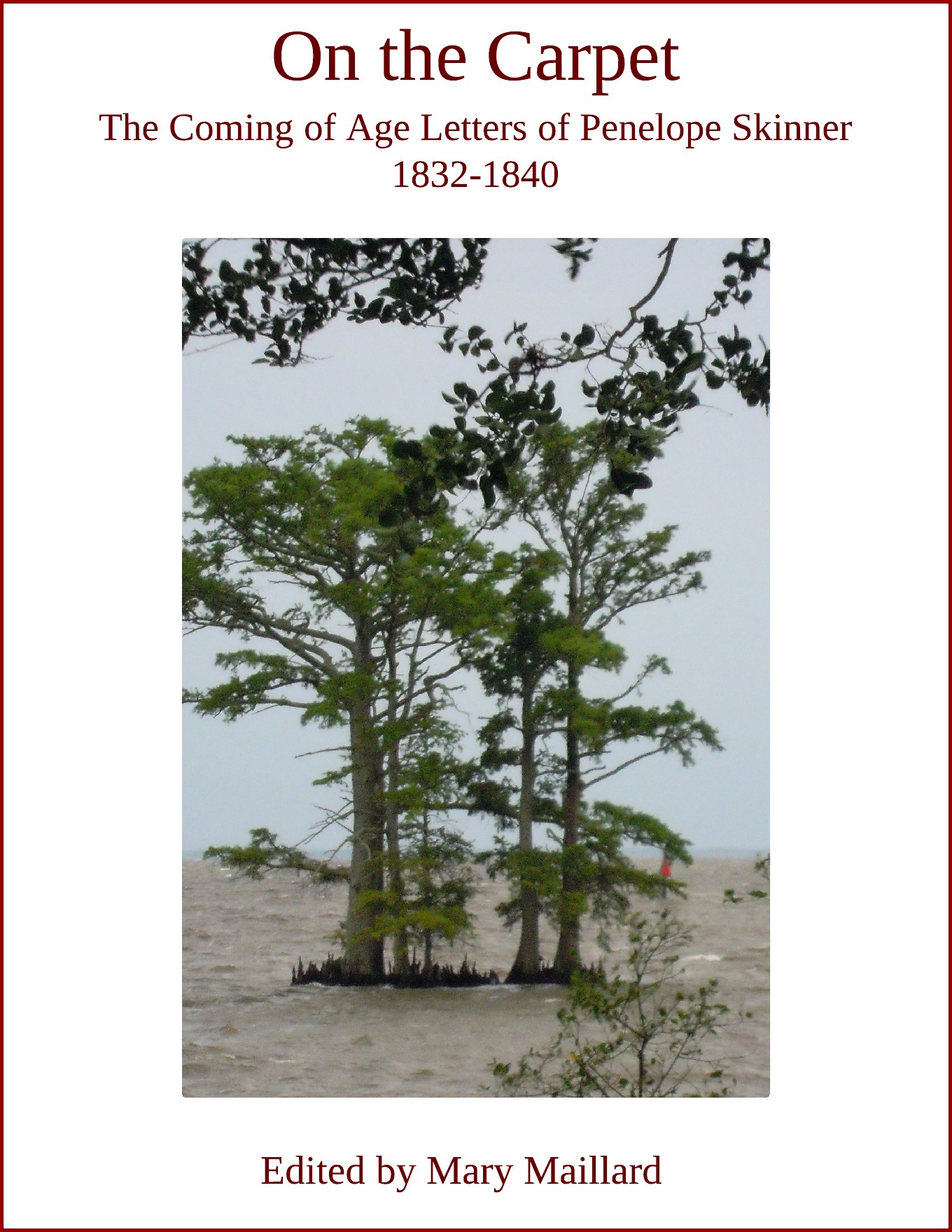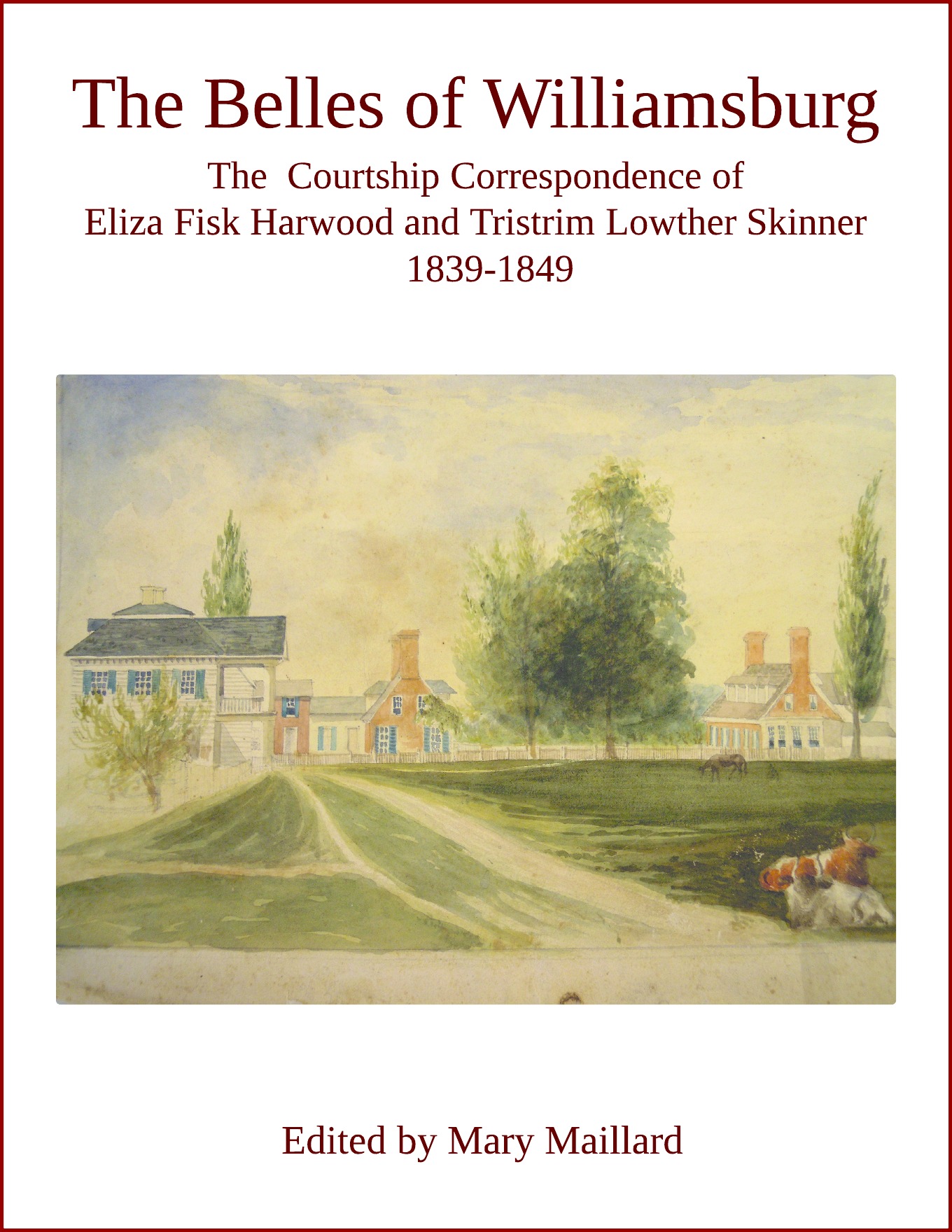Tag Archives: Joseph Blount Skinner
Harriet Jacobs and George W. Lowther
Harriet Jacobs’s Incidents in the Life of a Slave Girl “contains some incidents so extraordinary, that, doubtless, many persons, under whose eyes it may chance to fall, will be ready to believe that it is colored highly, to serve a … Continue reading →
Posted in Uncategorized
|
Tagged 1879-1911, black abolitionist, black graduate of Wellesley, black history, black history month north carolina, Boston abolitionist, Boston antislavery activism, Boston black barber, Chowan County, Edenton North Carolina, Edenton slave, Eliza Marianna Lawton, emancipation, fugitive slave narrative, George W. Lowther, Harriet Jacobs, Harriet Jacobs children jailed, Jacobs Freedmen's School, Joseph Blount Skinner, Louisa Jacobs, nineteenth century black politicians, plantation slave list, Polly Lowther, Sarah V. Lawton, Sarah V. Lowther, Underground Railroad, Whispers of Cruel Wrongs: The Correspondence of Louisa Jacobs and Her Circle
|
Comments Off on Harriet Jacobs and George W. Lowther
Bullying, 1840
January 16, 1840 Our “bloodthirsty season” has come again. You may recollect that I told you of a fight which occured between Christmas & the 22nd of Feb. last year.[1] I must now tell you of one which I fear … Continue reading →
Posted in Uncategorized
|
Tagged 1840s American youth violence, 1840s college life, 1840s college shooting, 19th century bullying, Albemarle Son: The Coming of Age Letters of Tristrim Lowther Skinner 1833-1840, College of William and Mary, documentary editing, history of bullying, Joseph Blount Skinner, Mary Maillard, Robert G. Scott, Skinner family Edenton, Tristrim Lowther Skinner, William P. Wood, Williamsburg Virginia
|
Comments Off on Bullying, 1840
A Map of Time and Blood: An Introduction to the Skinner Family Papers 1826-1850
Sample Chapter ~Beginnings: the Lowthers~ Thomas Harvey Skinner insists in his memoir of his brother – quite disingenuously – that Joseph Blount Skinner’s marriage to Maria Louisa Lowther had nothing to do with his success. Tom claims that the … Continue reading →
Posted in Uncategorized
|
Tagged 18th century American women poets, 18th century British literature, 18th century coming out, 18th century conduct and manners, 18th century Upper South, 18th century Williamsburg Virginia, A Father's Legacy to His Daughters, A Map of Time and Blood: An Introduction to the Skinner Family Papers 1826-1850, Albemarle Sound, American Revolutionary War, Barbara Gregory, Barbara Lowther, Barbara McClain, Barbara McLaine, Bertie county, British occupation of New York, Charles Eden, Chowan County, College of William and Mary, colonial Edenton, colonial North Carolina, colonial Williamsburg, Dawson family of Williamsburg, documentary editing, Dolley Madison, Dr. John Gregory, early republic, eastern North Carolina plantations, ebook, ebook nonfiction history, ebook Old South, ebook primary source, Eden House, Edenton North Carolina, Edinburgh, Fanny Burney, Founding Fathers Era, General LaFayette, Gilbert Colden Willett, Governor Charles Eden, Governor Gabriel Johnston, Governor John Page, James Iredell, Joseph Blount Skinner, Judith Lomax, Lindley Murray, Lowther family, Lowther family Edenton, Loyalist confiscated lands, Loyalists in New York, Loyalists in North Carolina, Lucy Burwell Page Saunders, Margaret Lowther, Margaret Lowther Page, Mary Maillard, Old South, Page family Rosewell estate, President of College of William and Mary, Reverend William Dawson, Robert Saunders, Samuel Johnston, Skinner family Edenton, St. George Tucker, Thomas Harvey Skinner, Thomas Jefferson, Tristrim Lowther, Wallace McLean, Western Islands of Scotland, William Hooper, William J. Dawson congress, William Lowther, Williamsburg
|
Comments Off on A Map of Time and Blood: An Introduction to the Skinner Family Papers 1826-1850




